NIH to terminate part of EcoHealth Alliance grant after its Wuhan partners refuse to deliver information on coronavirus studies
By Matt Field | August 24, 2022
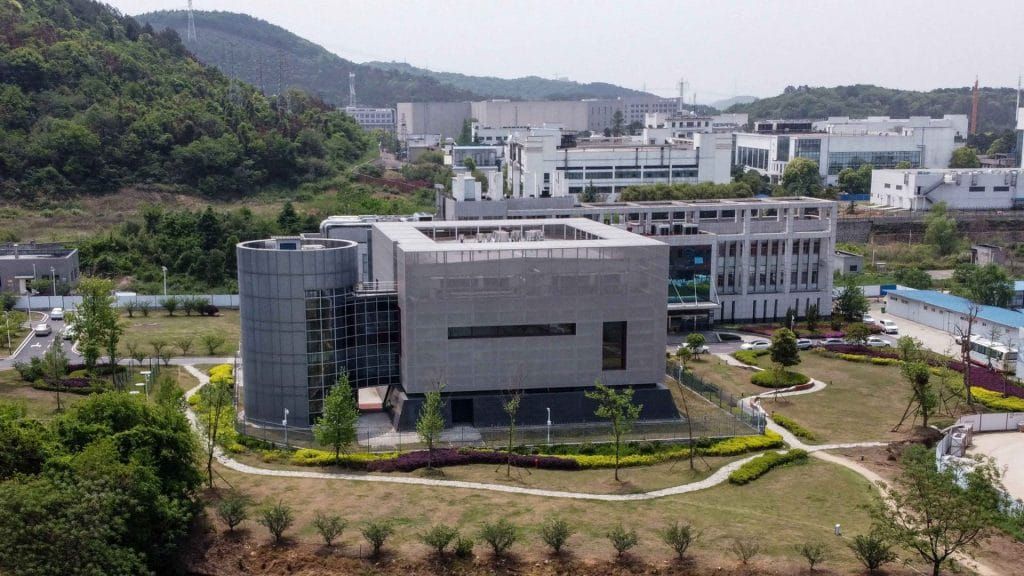 The Wuhan Institute of Virology in Wuhan in China's central Hubei province. Credit: Hector Retamal/AFP via Getty Images.
The Wuhan Institute of Virology in Wuhan in China's central Hubei province. Credit: Hector Retamal/AFP via Getty Images.
The National Institute of Health (NIH) is partially terminating a grant to a nonprofit that worked extensively with the Wuhan Institute of Virology on bat coronavirus research. In letters posted by Republicans on the House Oversight Committee this month, an NIH official said EcoHealth Alliance had not been able to hand over lab notebooks and other records from its Wuhan partner that relate to controversial experiments involving modified bat viruses, despite multiple requests.
In an Aug. 19 letter to Kentucky Rep James Comer, the top Republican member of the US House Oversight Committee, Michael Lauer, the deputy director of extramural research at NIH, said the agency had informed EcoHealth that it was terminating the sub-award to the Wuhan Institute of Virology “for failure to meet award terms and conditions requiring provision of records to NIH upon request.”
The termination notice comes after the NIH chided EcoHealth last fall for not immediately notifying the agency after its experiments showed modified coronaviruses replicated at a faster rate in experimental mice than an unmodified virus. The agency then asked for lab notebooks and other files pertaining to the experiments, and EcoHealth reported that it would relay the request to the Wuhan Institute of Virology. According to the new NIH letters, the Wuhan institute never delivered.
“NIH has requested on two occasions that [EcoHealth] provide NIH the laboratory notebooks and original electronic files from the research conducted at [the Wuhan Institute of Virology]. To date, [the institute] has not provided these records,” Lauer told Comer. NIH verified to the Bulletin that the letters were authentic.
A letter from NIH to EcoHealth staff, also dated Aug. 19, said the NIH is taking action because EcoHealth did not include terms and conditions on its sub-award to the Wuhan Institute of Virology, including a requirement that EcoHealth Alliance be allowed access to the institute’s records and financial statements. “NIH has determined that [Wuhan Institute of Virology’s] refusal to provide the requested records, and [EcoHealth’s] failure to include the required terms in [the] subaward agreement represent material failures to comply with the terms of award,” the letter said.
Between June 2017 and May 2019, scientists working on EcoHealth’s grant tested genetically engineered coronaviruses with the backbone of one virus and the spike proteins—which bind to host cells—of another on mice that expressed human cell receptors. In one case, the NIH reported last fall, one of the chimeric viruses caused mice to become “sicker.” EcoHealth reports show that in the infection experiments, conducted in years four and five of the grant, chimeric viruses replicated faster in mice lungs and killed a higher percentage of mice than the unmodified virus. Last fall, the NIH said that EcoHealth was supposed to report the increased viral growth to the agency “immediately” to assess whether further biosafety measures were necessary.
The NIH said the Wuhan institute’s experiments under the EcoHealth grant involved viruses that were too genetically distant to have evolved to become SARS-CoV-2, the virus that causes COVID-19. But some critics of so-called gain-of-function experimentation—in which pathogens are enhanced in way that makes them, say, more transmissible—have said last fall’s revelations point to risky research projects being undertaken at the laboratory in Wuhan, the city where the first reported cases of COVID were reported. Research published recently in Science points to the pandemic having sprung from a seafood market in the city where animals that could have harbored coronavirus infections were kept. That research has served as a new focus of controversy, as researchers argue over whether it does or does not greatly reduce (or even eliminate) the possibility that the COVID-19 pandemic started with the leak of a virus from a laboratory in Wuhan.
EcoHealth has not responded to a request for comment about NIH’s decision to partially terminate its grant.
According to the new NIH letters, EcoHealth can work with National Institute of Allergy and Infectious Diseases to revise the grants without involving the Wuhan Institute of Virology. If that is not possible, the NIH will ask that the grant be “bilaterally terminated.” Should a reworked grant be possible, the agency will add new terms to it, including increased NIH oversight over EcoHealth for at least three years and increased reporting requirements for the nonprofit. The nonprofit will also be required to visit its sub-awardees every six months to ensure compliance with the grant.
Together, we make the world safer.
The Bulletin elevates expert voices above the noise. But as an independent nonprofit organization, our operations depend on the support of readers like you. Help us continue to deliver quality journalism that holds leaders accountable. Your support of our work at any level is important. In return, we promise our coverage will be understandable, influential, vigilant, solution-oriented, and fair-minded. Together we can make a difference.
Keywords: COVID-19, NIH, Wuhan Institute of Virology
Topics: Biosecurity

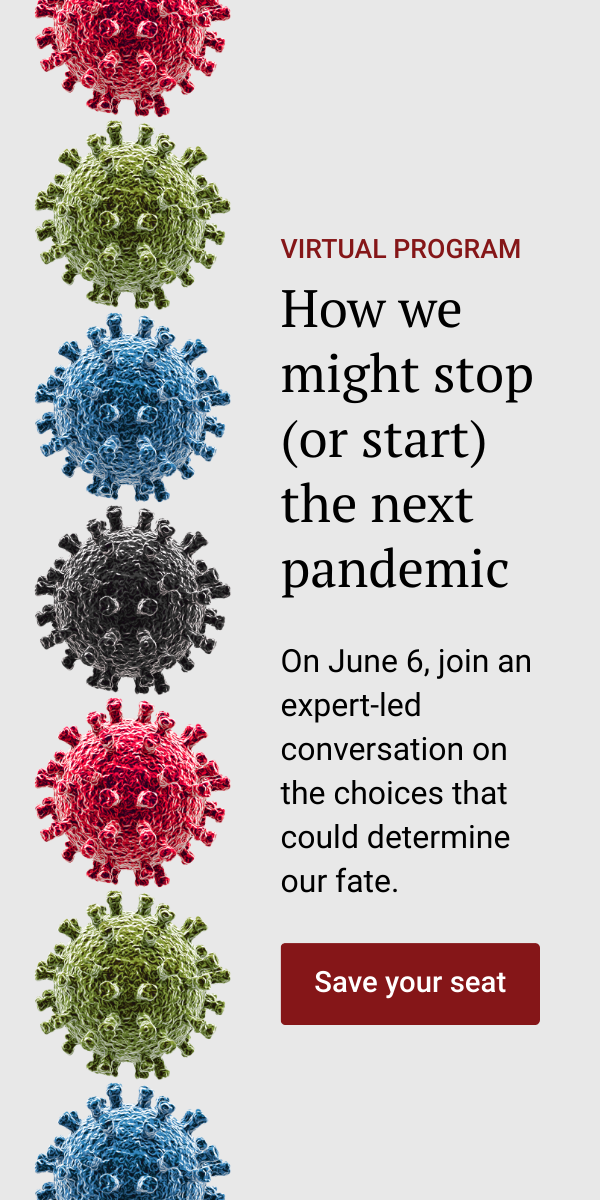
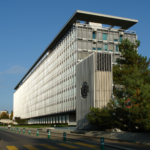
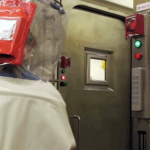









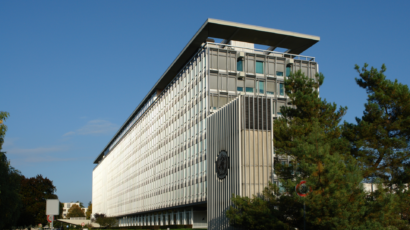


The Bulletin spends enormous energy keeping the Cold War fires with China alive. When report after report shows against lab leak, the Bulletin perseveres with this article: “Research published recently in Science points to the pandemic having sprung from a seafood market in the city where animals that could have harbored coronavirus infections were kept. That research has served as a new focus of controversy, as researchers argue over whether it does or does not greatly reduce (or even eliminate) the possibility that the COVID-19 pandemic started with the leak of a virus from a laboratory in Wuhan.” TheBulletin never posts, points out any… Read more »
The article DOES mention those incredibly weak recent papers. Those papers claim definitive evidence dismissing lab leak, but they provide nothing of the sort.
Excellent that one reputable outlet is willing to continue keeping the public up-to-date on the evolving situation.
Keep up the great reporting!
If SARS CoV 2 didn’t come from a lab, explain the amino acid sequence PRRA that forms the furin cleavage site on the spike protein. This sequence allows the virus to infect human cells through S2 sub-unit activation. This sequence is also non-existent in any known coronaviruses, so it is unlikely to have evolved naturally. Furthermore, this sequence was also patented by Moderna in 2016. Patent number is 9,587,003 if you want to check out what it is for. Anyway, the closest coronavirus that they’ve found to SARS CoV 2 is 96% similar. That’s over 1000 mutations lol. No way… Read more »
Whilst I keep an open mind about the lab leak hypothesis I don’t much accept the amino acid sequence argument; I looked at reported variants of coronavirus codes and about 10% of coronavirus base patterns include the so-called human version. So it would not be a stretch for this to crop up in a natural variant.
The coronaviruses the WIV were working with were SARS1 type, not anything close to SARS2. Much of what happened as far as shutting down communication had a lot to do with the Trump administration stance toward China and early fears about starting a panic about SARS returning. Most early cases of covid occurred within a few blocks of the Hunan Market.